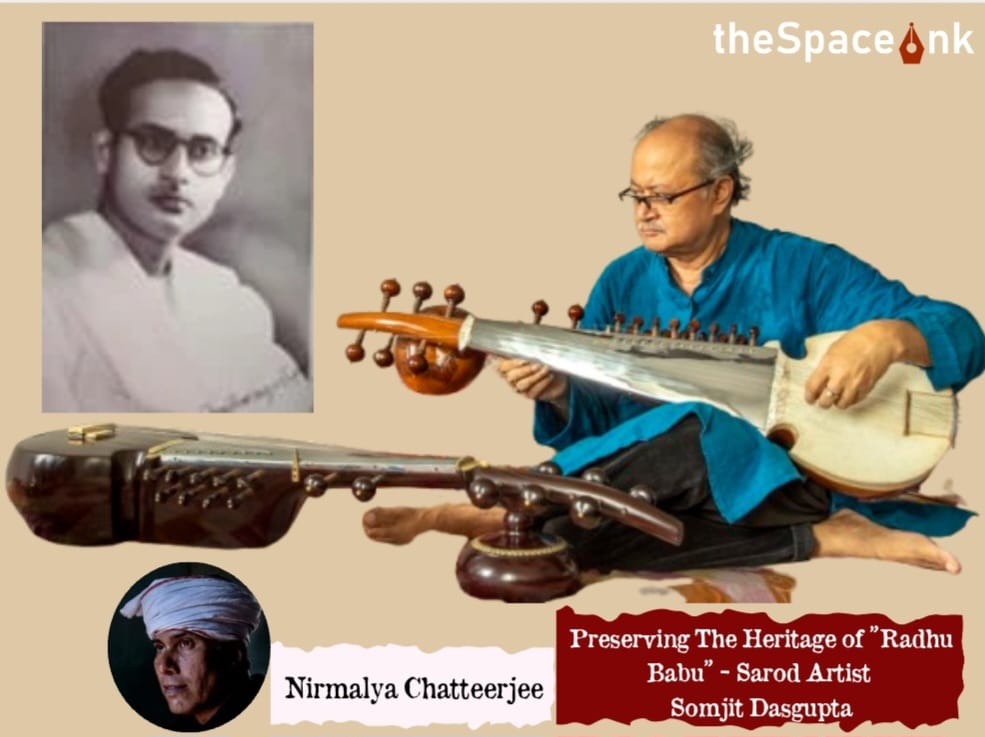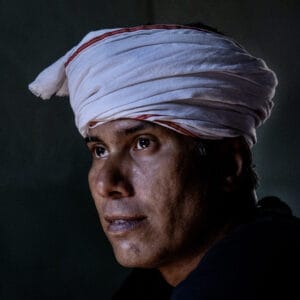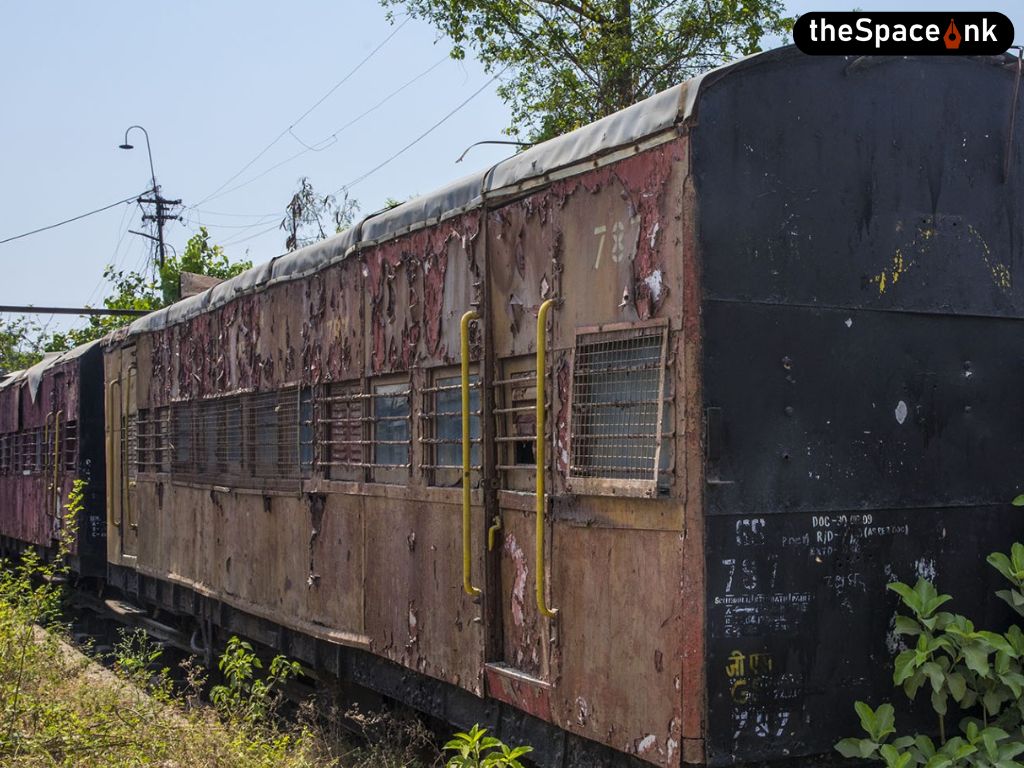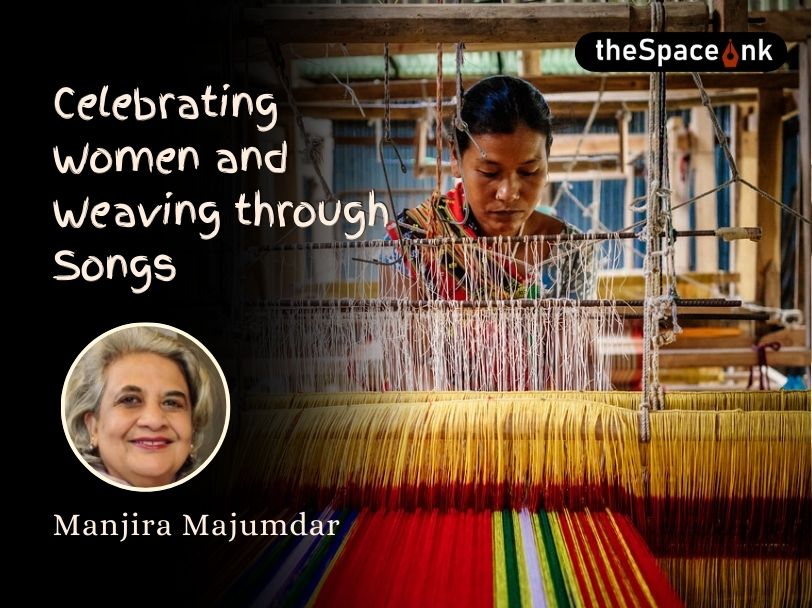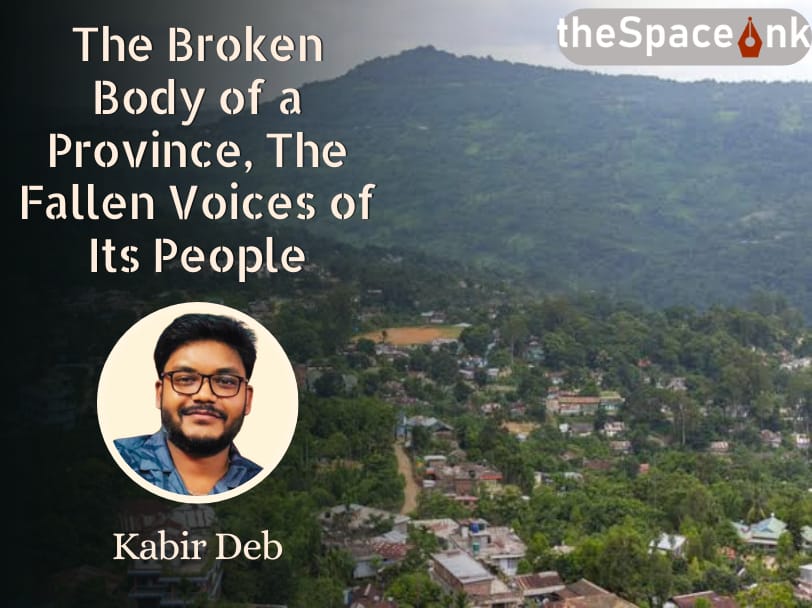Somjit Dasgupta does not come from a family of traditional musicians. He took to music entirely as his passion at the same time studying at Art College. As a young man, Somjit was an ardent listener at the concerts that flooded the cultural scene of Kolkata in the 60s.
He had a deep emotional experience when he heard Radhika Mohan Maitra give a six-hour concert in Kolkata. That moment he decided to take up sarod as his instrument and if possible, learn from ‘Radhu Babu’ as most people called Radhika Mohan Maitra.
But to begin with, Somjit tried his luck with Ali Akbar who told him that he was too busy travelling to be a regular teacher and suggested that nobody was more suitable for Somjit than Radhu Babu himself, says Dasgupta.

Somjit was exceptionally fortunate that he was able to learn from scratch from Radhu Babu. Somjit, from the day he began training, stayed at the house of Radhu Babu. Radhu Babu (as Maitra is affectionately known in music circles) was as famous and highly regarded as Ustad Ali Akbar Khan, Vilayat Khan or Ravi Shankar in the ‘60s and ‘70s. Sadly, he is forgotten today, despite being one of the most recorded artistes ever by All India Radio, Doordarshan and National Archives.
Also Read: Hindustani Classical Music in the Songs of Rabindranath Tagore
He was a scion of the family of zamindars from Rajshahi, now in Bangladesh, that had emerged as an important patron of classical musicians in the century or so before 1947. “Everyone from Ustad Faiyaz Khan and Ameer Khan to Ustad Inayat Khan, Dhruv Tara Joshi, Mushtaq Khan and earlier, Ustad Chamman Khan from the Rampur Court performed there. Ustad Kasim Ali Khan, a musician in Wajid Ali Khan’s durbar and a descendent of Tansen, too, performed at Rajshahi.
This is a chapter of the glory days of Indian classical music in Bengal that few people know today,” says Somjit.
He stayed for eight years till his teacher passed away on October 15th, 1981. He learnt music in the traditional system of total and constant proximity with the teacher, when not just music and the teacher’s entire knowledge is absorbed by the student, but also the all the ways of feeling and understanding life and its conduct as lived by the teacher is also imbibed. At present, several students come to Somjit Dasgupta to learn sarod.
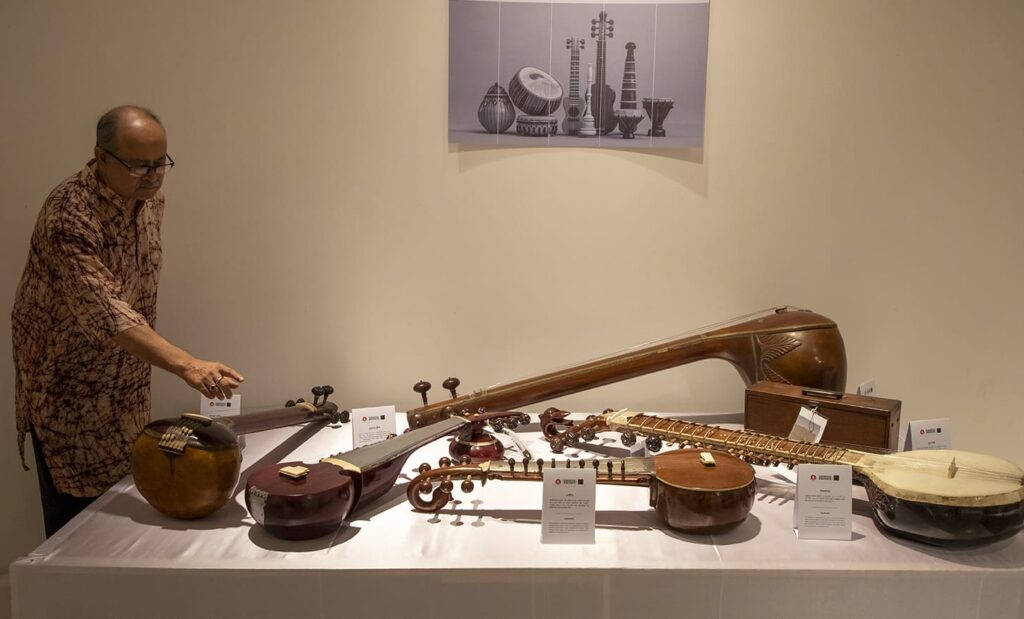
The way to Somjit Dasgupta’s residence, along a side lane in Kolkata’s Ultadanga area, is mostly taken up by wholesale vegetable vendors. It gives no hint of the treasures inside this house. It houses collections of sarod, sitar, sursingar and veena, and their variations – many of them centuries old and played by legendary Hindustani classical musicians of the last 200 years.
Somjit Dasgupta has another rare instrument, the sitar used by Rabindranath Tagore which he gave to teenage Radhika Mahan Maitra as a reward.
There’s a sarod in the living room, still encased in its blue travelling case cover. This one, Dasgupta plays, and before that his Guru, Radhika Mohan Maitra, played. “It’s more than 300 years old,” says Dasgupta.
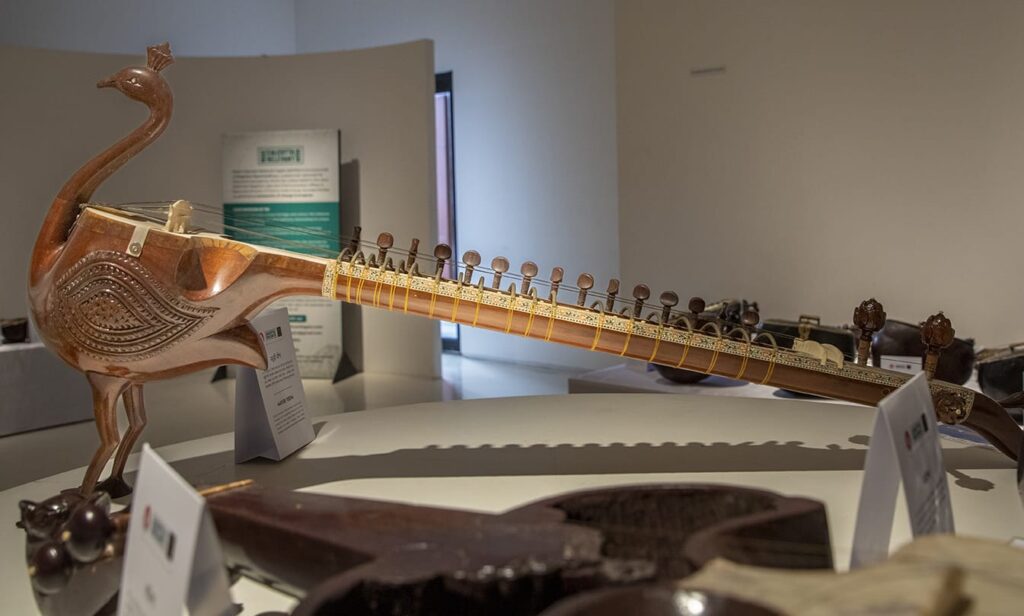
Somjit plans to protect and preserve Radhu Babu’s traditional wealth of instruments, which includes many kinds of instruments from other rich patrons of music who had gifted them to Radhu Babu. This includes a small sitar made around 1800 CE and another in 1900 CE both presented by the “Dhaka Nawab” to Radhu Babu. Perhaps this is the oldest surviving sitar, possibly played around 1770s, and very small and hardly known as no picture of it has appeared in any book so far.
Somjit says that he preserves all these instruments for love and not money.
Keeping the heritage for its constant living use is his is mantra, he tells us.
For the time being, he is not just thinking about preservation but of doing something bigger, such as a thorough restoration of all the instruments to their playing efficiency and display and organise demonstrative performances by the artists, and for all this a larger space to make a gallery would be needed.
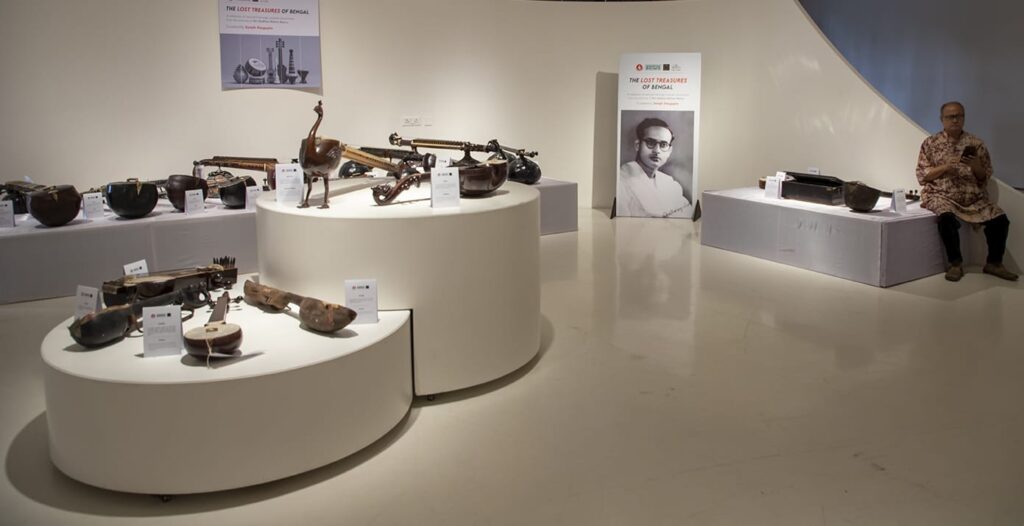
Presently, Radhu Babu’s 65 musical instruments from Somjit’s collection are on display at Kolkata Centre for Creativity (KCC) till December 10, 2024.
Image Courtesy: Author
Nirmalya Chatterjee is a photographer by passion and profession. He dabbles in documentary storytelling, street and travel photography.


